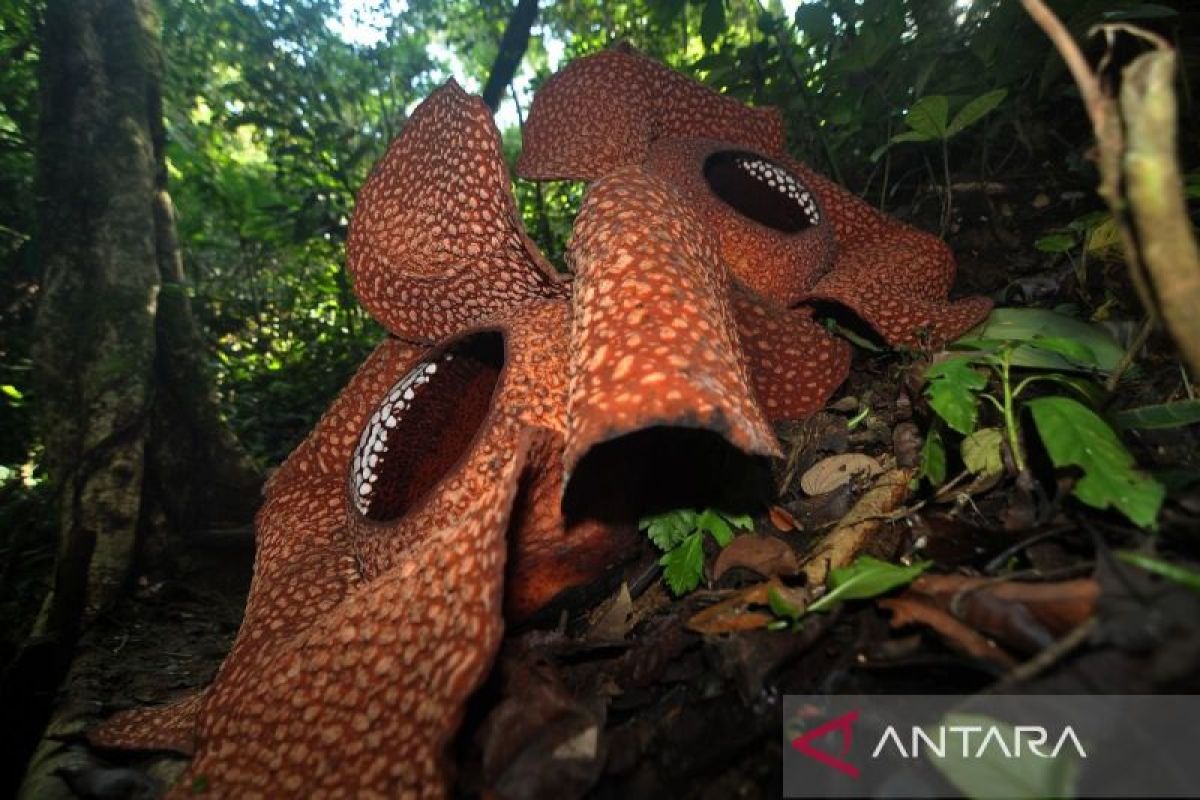But despite its popularity and brightness, not everyone on Earth will get to witness the Perseids this year.
Where the Perseids Meteor will not be visible
The Perseids are primarily a Northern Hemisphere phenomenon because the radiant point, the spot in the sky where meteors appear to streak from, lies in the constellation Perseus, a northern constellation.
- US Territories in the Southern Hemisphere: The only US territories located in the Southern Hemisphere are American Samoa and Jarvis Island. Both of these territories will have little to no visibility of the Perseids meteor shower in 2025, due to their southern locations where the Perseid radiant remains low or below the horizon.
- Southern Hemisphere: For most of the Southern Hemisphere, including countries like Australia, New Zealand, South Africa, Argentina, Chile, and parts of southern Brazil, the Perseids are either very faint or not visible at all. This is because the radiant never rises high enough above the horizon, and the meteors streak mostly over the northern skies, making sightings very rare or impossible.
- Equatorial Regions: Near the equator, in countries like Indonesia, Kenya, Colombia, and Ecuador, the Perseids may appear very low on the horizon, making observation challenging. The meteors are fewer and dimmer, often lost to light pollution or atmospheric haze.
- Areas with Bright Moonlight or Cloudy Skies: Even in the Northern Hemisphere, certain places might have poor viewing conditions due to the bright Waxing Gibbous Moon near the peak dates (which can wash out fainter meteors) or persistent cloud cover. Urban centers with heavy light pollution will also struggle to offer good views.
Why some places miss out
- Radiant location: The Perseids’ radiant is in the northern sky, so places in the far south simply don’t get to see meteors shoot across the sky.
- Earth’s rotation and orbit: The timing of Earth’s position around the Sun means the debris trail of comet Swift-Tuttle is intersected primarily during Northern Hemisphere summer nights.
- Atmospheric and environmental factors: Cloudy or rainy seasons (like monsoons or austral winter storms), moonlight, and city lights can all obscure the show.
Even if you’re in a location where the Perseids shower isn’t visible, there are other meteor showers throughout the year, some better seen from the Southern Hemisphere, like the Geminids or the Eta Aquariids.
What time is the meteor shower tonight
The Perseids meteor shower in 2025 will be active from July 17 to August 24, with the peak night being August 12-13. Peak activity usually happens in the pre-dawn hours, roughly between 2:00 AM and 5:00 AM local time, when the radiant is highest in the sky.
Meteors can sometimes be seen as early as 10:00 PM the night before the peak, but rates will be lower.









